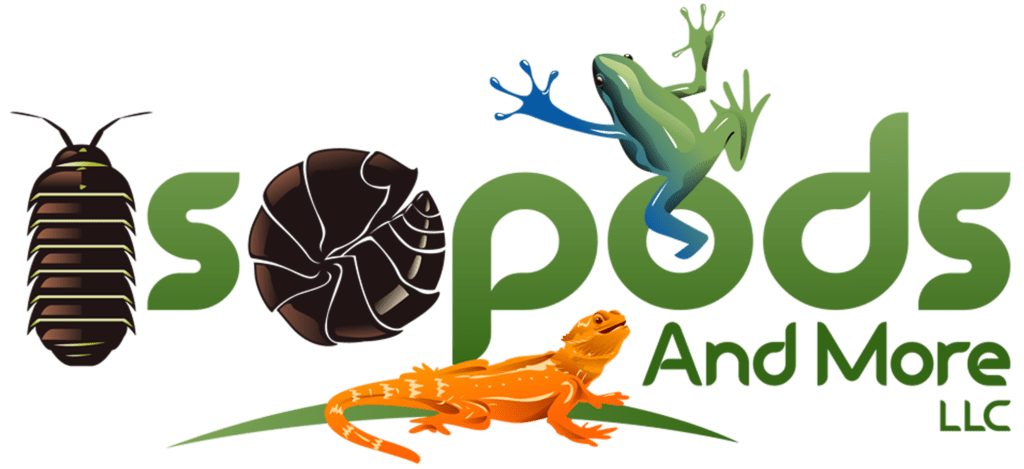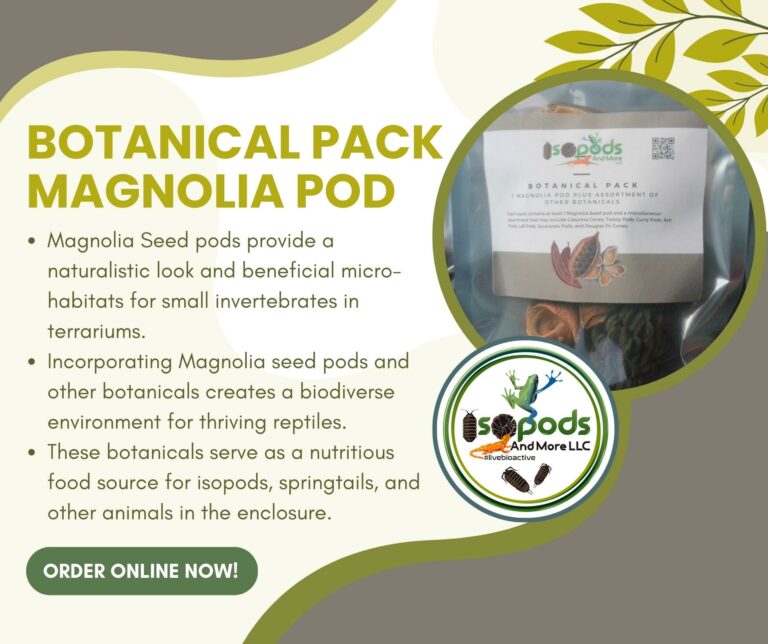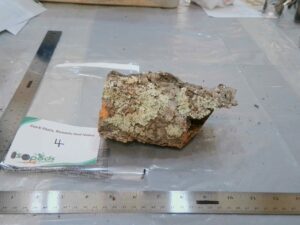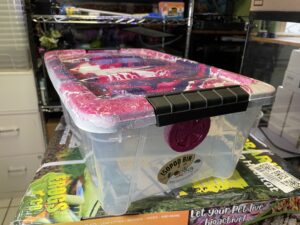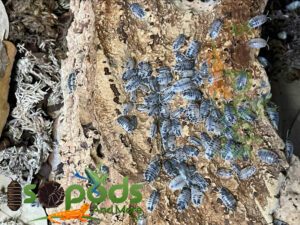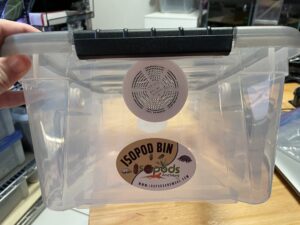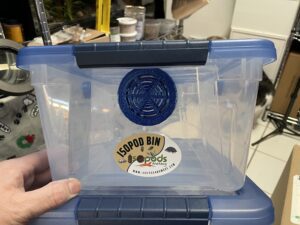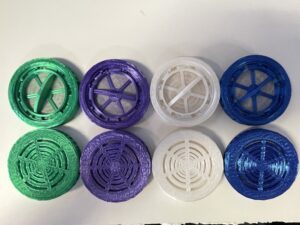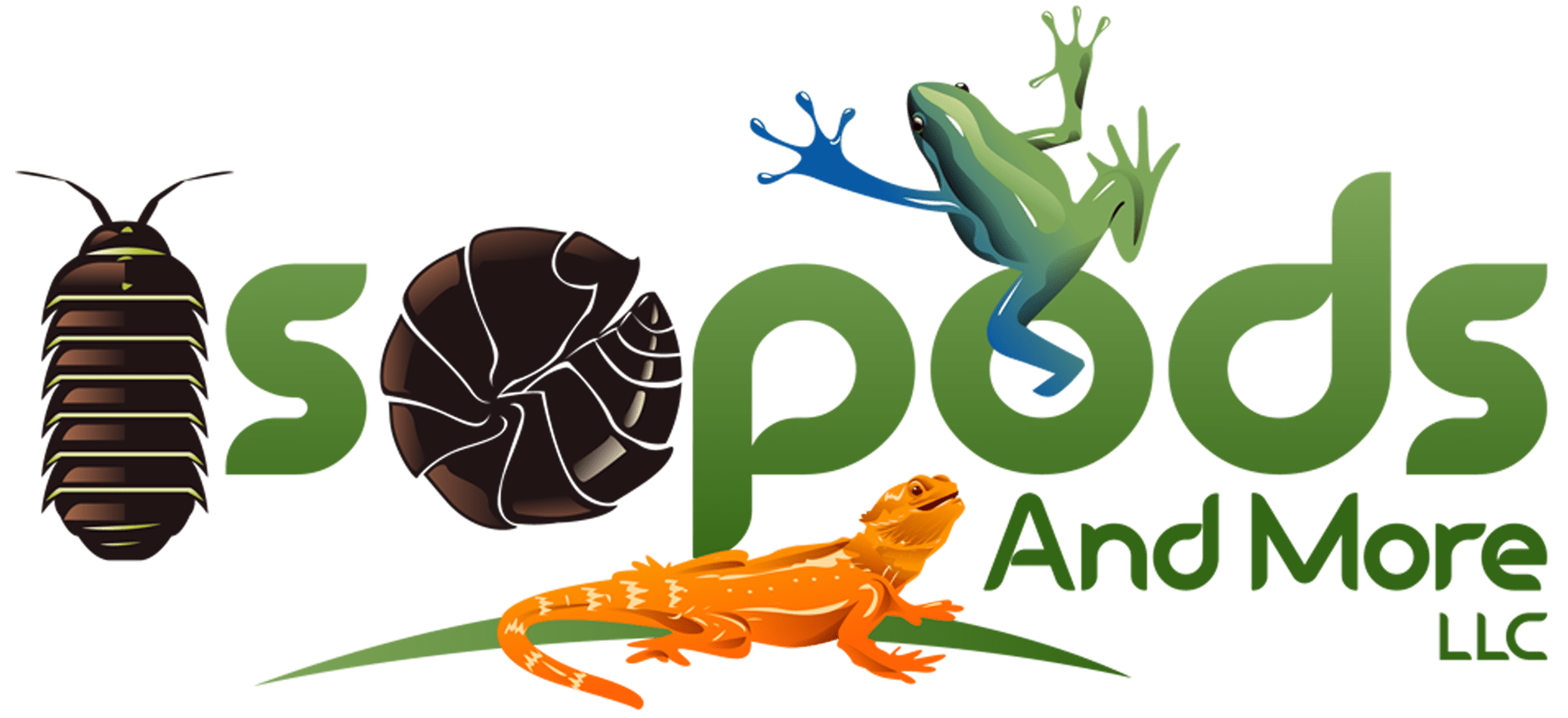Introduction to Isopods
Isopods, also known as pill bugs or woodlice, are small crustaceans that belong to the order Isopoda. These fascinating creatures can be found in various habitats around the world, ranging from forests to deserts. Isopods have a unique ability to roll up into a ball when threatened, which gives them their characteristic pill-like appearance.
What are Isopods?
Isopods are arthropods that are closely related to lobsters, crabs, and shrimp. They have a segmented body and a hard exoskeleton, which provides protection from predators. Isopods are typically small in size, ranging from a few millimeters to a few centimeters in length. They come in a variety of colors, including shades of gray, brown, and black.
Isopod Habitats and Enclosures
Isopods can be found in a wide range of habitats, including forests, woodlands, and even urban areas. In the wild, they can be found under logs, rocks, and leaf litter, where they feed on decaying organic matter. When kept as pets, isopods require a suitable enclosure that replicates their natural habitat. This can be achieved by providing a terrarium or a vivarium with a substrate that mimics the forest floor, such as leaf litter or coconut fiber.
Benefits of Using Magnolia Seed Pods in Isopod Bins
Magnolia seed pods offer several benefits when used in isopod bins. These seed pods are rich in tannins, which have antimicrobial properties. The tannins help to create a natural barrier against harmful bacteria and fungi, which can be detrimental to the health of the isopods. Additionally, the seed pods provide a source of food for the isopods, as they contain small insects and other invertebrates that the isopods feed on.
How Magnolia Seed Pods Enhance Isopod Habitats
When added to isopod bins, Magnolia seed pods enhance the overall habitat by providing a natural and aesthetically pleasing environment for the isopods. The seed pods create hiding places for the isopods, which helps to reduce stress and promote their natural behaviors. The tannins released by the seed pods also help to maintain the pH balance of the substrate, creating an ideal environment for the isopods to thrive.
Isopod Diet – What Do Isopods Eat?
Isopods are detritivores, which means they primarily feed on decaying organic matter. In the wild, they consume dead plants, leaves, and other organic debris. When kept as pets, isopods can be fed a variety of foods, including fresh fruits and vegetables, fish flakes, and even commercial isopod food. It is important to provide a balanced diet to ensure the isopods receive all the necessary nutrients for their growth and reproduction.
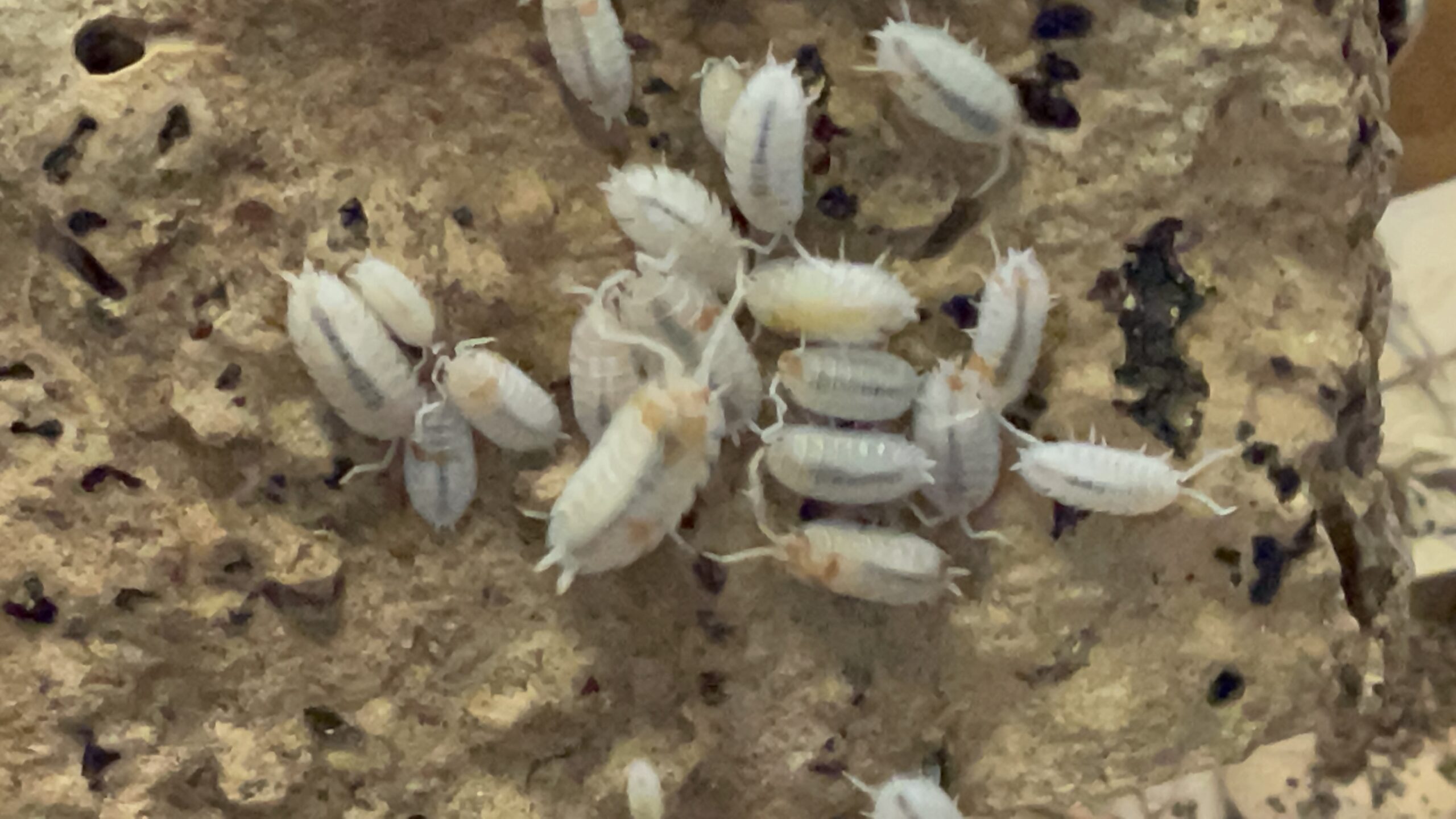
Creating an Ideal Environment for Pet Isopods
To create an ideal environment for pet isopods, it is important to consider several factors. Firstly, the enclosure should have a suitable substrate, such as coconut fiber or leaf litter, to mimic their natural habitat. The enclosure should also be kept at the right temperature and humidity levels, which can vary depending on the species of isopod. Providing hiding places, such as cork bark or pieces of wood, can also help create a comfortable environment for the isopods.
Isopods as Pets – Why They Make Great Companions
Isopods make great pets for several reasons. Firstly, they are low-maintenance animals that require minimal care and attention. They do not need to be fed regularly and can survive on decaying organic matter in their enclosure. Additionally, isopods are fascinating creatures to observe, as they exhibit interesting behaviors and interactions within their social groups. They are also a great educational tool for children, as they can learn about the natural world and the importance of recycling organic waste.
Isopod Care and Maintenance Tips
Taking care of pet isopods is relatively easy, but there are a few key tips to ensure their well-being. Firstly, it is important to provide a suitable enclosure with the right substrate and environmental conditions. Regular cleaning of the enclosure is also necessary to prevent the buildup of waste and maintain a healthy environment. Additionally, monitoring the temperature and humidity levels is crucial, as extreme conditions can be harmful to the isopods. Finally, providing a varied diet and ensuring a constant supply of fresh water is essential for their overall health.

Conclusion – The Future of Isopod Keeping
In conclusion, isopods are fascinating creatures that can be kept as pets with relative ease. By providing them with a suitable habitat and incorporating Magnolia seed pods into their enclosures, their overall well-being can be enhanced. These seed pods offer numerous benefits, such as antimicrobial properties and a natural food source. As more people discover the joys of keeping isopods as pets, it is important to continue researching their care and maintenance to ensure their longevity and well-being.
